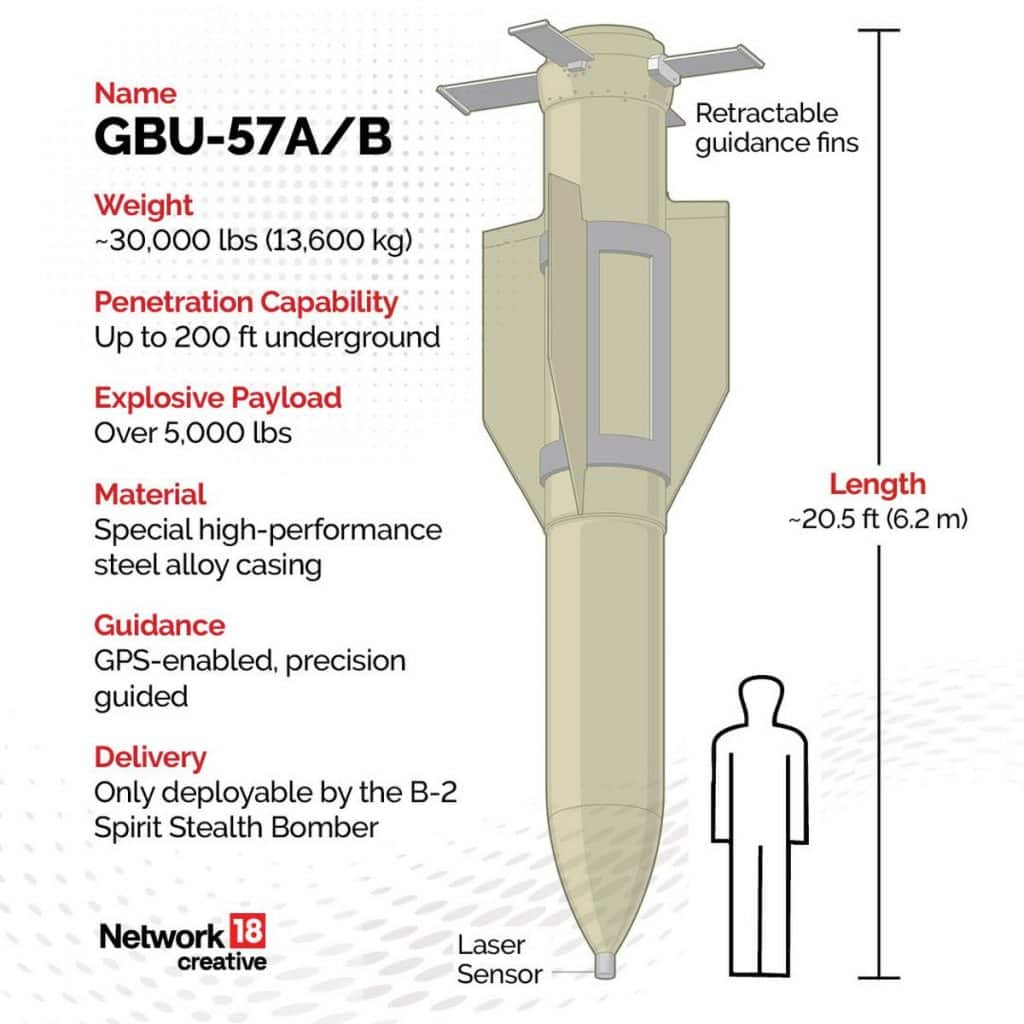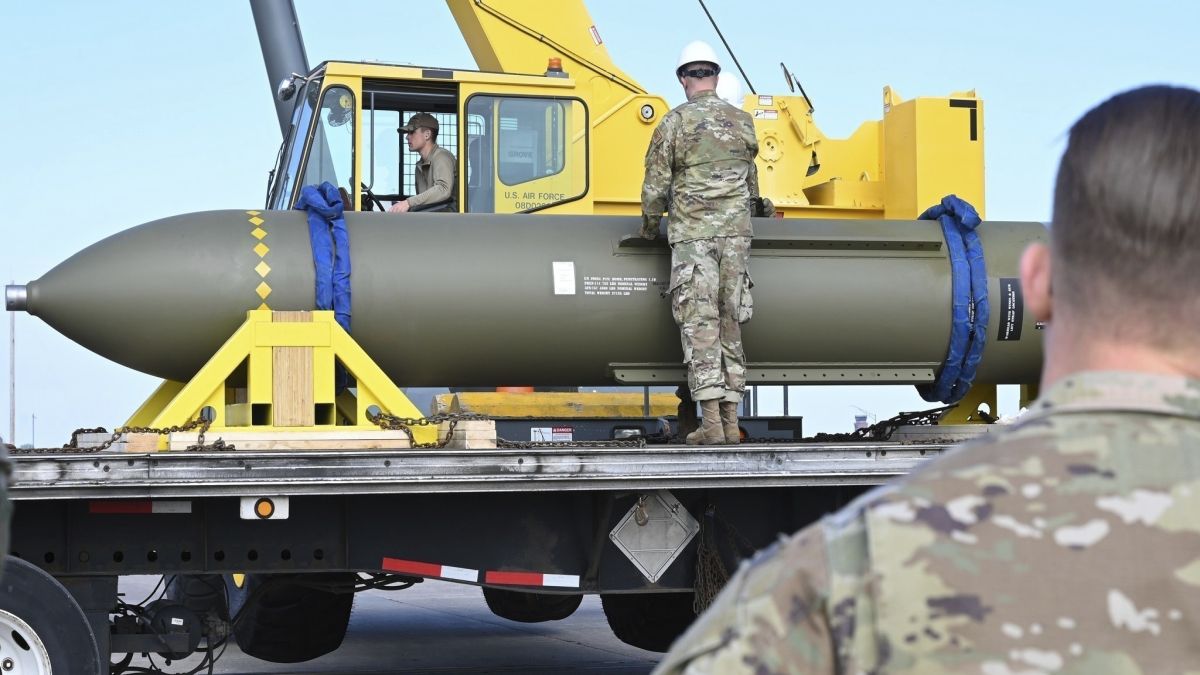The United States has done it. It has inserted itself into Israel’s war against Iran — by carrying out strikes against three nuclear plants in Tehran. US President Donald Trump on Sunday said that the strikes had “totally obliterated” Iran’s main nuclear sites and that Washington would go after more targets if Iran did not make peace quickly.
“Tonight, I can report to the world that the strikes were a spectacular military success,” said Trump, adding that they targeted the crucial underground nuclear enrichment plant of Fordow along with facilities at Natanz and Isfahan.
“Iran’s key nuclear enrichment facilities have been completely and totally obliterated. Iran the bully of the Middle East must now make peace,” said Trump.
Speaking on the strikes to Fox News, Trump said that six bunker-buster bombs were dropped on Fordow, while 30 Tomahawk missiles were fired against other nuclear sites. This is the first time that the US has made use of its bunker-busting bomb — also known as Massive Ordnance Penetrator bombs.
Catch all live updates from US joining Israel’s war against Iran here
As the war now escalates with Iran, we take a closer look at the different types of bombs and missiles that the US used in taking out the Iranian sites.
US strikes on Iran
On Sunday (June 22), the US struck three nuclear sites in Iran, with the aim of destroying the country’s nuclear programme. Following the strikes, US President Donald Trump addressed the nation from the White House, asserting that Iran’s key nuclear sites were “completely and fully obliterated.” However, there is no independent damage assessment.
Israeli Prime Minister Benjamin Netanyahu congratulated Trump on the strikes, saying that “with the awesome and righteous might of the United States will change history”.
Meanwhile, Iran’s top diplomat, Foreign Minister Abbas Araghchi, warned in a post on X that the US. attacks “will have everlasting consequences” and that Tehran “reserves all options” to retaliate.
Iran’s ambassador to the United Nations also called for an emergency Security Council meeting to discuss what he described as the US’ “heinous attacks and illegal use of force” against Iran.
Bunker-busting bombs
The bunker buster is a broad term used to describe bombs, which have the ability penetrate deep below the surface before exploding. To target Iran’s Fordow nuclear plant, the US used the latest GBU-57 A/B Massive Ordnance Penetrator bomb. This is a roughly 13,600 kg precision-guided bomb designed to attack deeply buried and hardened bunkers and tunnels, according to the US Air Force.
This bomb is able to penetrate about 200 feet (61 metres) below the surface before exploding, and the bombs can be dropped one after another, effectively drilling deeper and deeper with each successive blast.

This bomb also comes with a delayed-action smart fuse. This means the warhead does not detonate on impact, but rather does so only when it reaches a halt underground.
However, there’s one drawback in using the bunker-buster bomb — it can only be launched by America’s B-2 bombers. Experts say that this is because of the bomb’s weight; it is considered too heavy to carry by the other aircraft. This is a problem because the US Air Force has just 19 B-2 bombers currently in service.
Tomahawk missiles
In addition to using the bunker-buster bombs at Fordow, Trump told Fox News that the US military fired 30 Tomahawk missiles at Iran’s Natanz and Isfahan nuclear sites . But what exactly are Tomahawk missiles? How deadly are they?
The Tomahawk is an intermediate-range, subsonic cruise missile that is launched from US Navy ships and submarines. It provides a long-range, deep strike capability. The development of this missile began in 1972 by the US Navy and was designed to fly at subsonic speed while maintaining a low altitude, making it difficult to detect on radar.
It was first used by America during the Gulf War in 1991 in Operation Desert Storm against Iraqi targets and was again used by the US forces during the invasion of Iraq in 2003.
Today, the Tomahawk missile reportedly costs about $2 million each and measures 18.3 feet long, weighs 3,200 pounds (4,400 with booster), and carries a 1,000-pound conventional warhead or cluster munitions. It travels at 550 mph (Mach 0.74), with a range of 1,550–2,500 kilometres (1,000–1,500 miles), guided by GPS, inertial navigation, and terrain contour matching for accuracy within 10 metres.
With inputs from agencies
)